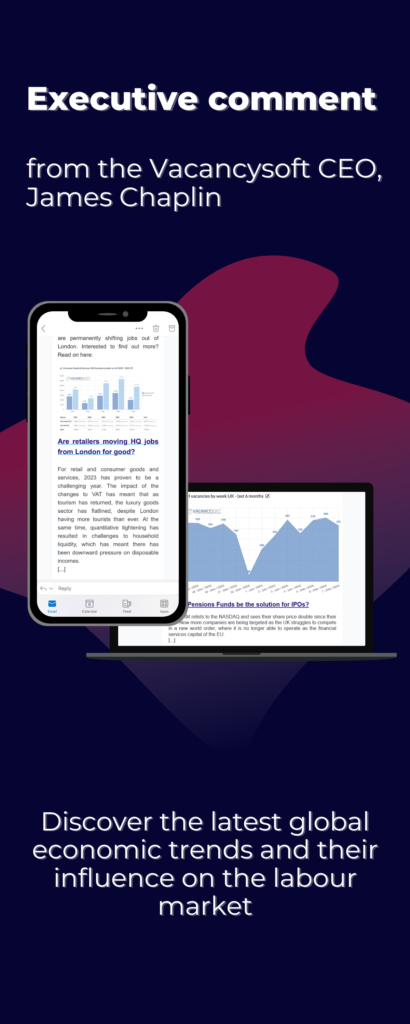Could the war in Ukraine end this winter?
Falling Energy Revenues Intensify Pressure On Russia’s Economy

I have just returned from Ukraine, where I met with our technical teams operating amid the strains of a country at war. Despite the constant pressure, morale remains defiant. For context, on Wednesday we had the pleasure of a 3am wake up call as missiles hit and sirens were triggered, where across the city on Thursday, power cuts were in effect, as infrastructure issues were addressed. Fortunately our office is powered by generators, so the team were able to work regardless, nonetheless, the impact on people’s lives is real.
Meanwhile, advances in drone technology are reshaping the battlefield. While soldiers remain essential, the traditional advantage Russia once held in sheer manpower is diminishing. Large troop formations are increasingly vulnerable to drones and precision missile strikes, which has helped to almost completely contain the Russian advance. In fact, less than 1 per cent of the territory Russia held at the start of the year has changed hands since January.
Winter is likely to be decisive. Several factors could determine whether hostilities escalate further or lead to renewed talks. These include Ukraine’s ability to halt or reverse Russian advances in key sectors, such as Pokrovsk, the impact of attacks on critical infrastructure, including power grids and utilities, whether the European Union delivers sufficient financial support to stabilise Ukraine’s budget, and the effectiveness of Ukrainian military strikes, including the potential acquisition of long-range missiles such as Tomahawks, alongside the homegrown “Flamingo” system.
Perhaps the most striking development is the growth of Ukraine’s domestic defence sector. When the war began, Kyiv was entirely dependent on Western allies for weaponry. That is no longer the case. At a recent military expo in Lviv, international representatives witnessed Ukrainian companies demonstrating their drone capabilities and missile systems. The Flamengo, so named after the pink paint on its first batch of missiles, is now being produced at scale, with 200 units per month the target by the end of the year, where it has an accuracy of 14 metres over ranges of up to 2,000 miles, at a unit cost of around $1 million. Crucially, Kyiv does not require external authorisation to deploy it, giving Ukraine unprecedented autonomy in targeting Russian infrastructure, including refineries, which is now forcing Moscow to rely on imported refined oil.
Russia’s energy revenues are falling as buyers are pressurised and oil prices fall, meanwhile their reserves are spent, and the domestic economy is deteriorating where tax increases are increasingly likely. For now, Ukrainian strikes are focused on military and energy targets. But if Russian attacks on Ukrainian cities intensify, there may come a point where Kyiv responds in kind. Russia’s multi-layered air-defence system, combining ABM, long-range SAMs, and short- and medium-range point defences, would be tested as never before. Any escalation that directly affects Moscow’s civilian population could dramatically increase pressure on President Putin. The fundamental question is when the cost of continued conflict will outweigh the perceived gains for Moscow. With the scale-up of Flamingo production and Ukraine’s growing independence in arms manufacturing, the balance of that calculation appears increasingly likely to favour Kyiv, making a ceasefire on the current lines of engagement ever more likely.
With that, whilst there is no easy way to plot the pressure on the Russian economy, the forex between the USD and Rouble is perhaps the best indicator of the level of pressure facing Putin. Over the last year, the Rouble has broadly stabilised, equally if was to hit over 100 to the dollar again, given the current interest rates, and the lack of reserves, it is hard to see how the Government could defend the currency, which has the potential to lead to a spiral from which a ceasefire becomes the only way forward.
Subscribe to our weekly newsletter for clear, timely insights on the political and economic trends shaping the UK labour market:
The data referenced above has been sourced from Vacancy Analytics, a cutting-edge Business Intelligence tool that tracks recruitment industry trends and identifies emerging hotspots. With 17 years of experience, we have a deep understanding of market activities in the UK and globally.
Want to unlock the full potential of Vacancy Analytics to fuel your business growth?
Book a 30-minute workshop with us and discover the power of data in shaping the future of your market!
p.s. By the way, if you are a fantasy football fan, why not join our league this season? With over 50 people already registered, we will be doing prizes for the winner and for the manager of the month if we hit 100+. Get involved!


